FAST-BOX System: On-Site Desalination and Carbonation Technology for Incinerated Ash
Fujita Corporation
Outline
This technology relates to accelerated stabilization treatment of incineration residue produced at waste incineration facilities with use of a portable container type processing unit to reduce the burden of wastewater treatment and promote recycling of incineration residue. More specifically, watering and carbon dioxide ventilation performed in a container type processing unit to desalinate and carbonate incineration residue for on-site stabilization, which has been difficult to achieve. Carbonation reduces the pH of incineration residue and carbonates heavy metals (lead in particular), and it is performed to reduce elution. This process also carbonates calcium, which is contained in large quantities in incineration residue, and it is therefore expected to fix carbon as well. As it is performed on site at incineration facilities, which are the source of carbon dioxides, it has an advantage of utilizing CO2 contained in the waste gas that would otherwise be discharged from the stack.
Description
Final disposal facilities of municipal solid waste (MSW) in Japan face difficulties and risks, such as the objection of residents against construction of new facilities, a large variation of waste from location to location, sudden occurrence of a large quantity of waste from natural disasters, ingress of water into the facility from torrential rainfall due to climate change, and so on. Safe and reliable facilities are strongly demanded to ensure the capacity of final disposal facilities and reduce environmental burden with early stabilization of landfill materials. Incineration residue amounts to close to 80% of landfills at final disposal facilities, and it is extremely important to establish early stabilization processes and recycle technology to make disposal facilities sustainable.
Heat treatment processes such as melting and calcination are the mainstream processes in Japan for recycling incineration residue produced from MSW that contains heavy metals. On the other hand, in Europe, where incineration ash is used for civil engineering work, methods include the aging process for the purpose of washing (desalination) using natural rainfall and the carbonation process for reaction with carbon dioxides contained in the atmosphere, in promoting stabilization with reduced costs and environmental burden. Considering recent issues of global warming, the aging process should also be applied in Japan instead of the heat treatment process that consumes a large amount of energy. However, the conventional aging process takes as long as three months or more, and it is difficult to secure land, limiting its implementation.
The FAST-BOX system has been developed with a focus on features of the aging process to accelerate on-site stabilization of incineration residue by providing watering and carbon dioxide ventilation in an appropriately controlled manner using a portable container.
This technology can be used to contain the elution of heavy metals from incineration residue by way of carbonation reaction, using waste gas generated from disposal facilities and taking advantage of the on-site location. Carbonation of incinerated residue that contains a large quantity of alkaline components makes Ca(OH)2 contained in the residue react with CO2 to produce CaCO3. It is also expected that this carbonation reaction fixes CO2 in the incineration residue. According to the findings, it is known that approximately 50 kg of CO2 is absorbed for each 1t DW of incineration residue. When applied to the incineration residue that is currently landfilled in Japan, it has the potential to fix 2,400,000 tDW x 50 kg-CO2/t = 124,000 t-CO2/year.
In addition, the volume of ash melting is estimated to be 350,000 t/year in Japan, and the melted slag is used for civil engineering material. If this is replaced with incineration ash using the aging process (accelerated stabilization) as it is practiced in Europe, CO2 is expected to be reduced by 170,000 t-CO2 (500 kg/t-incineration residue) every year.
With accelerated stabilization of incinerated residue, this technology contributes to early stabilization of landfill materials at final disposal facilities, which is an important part of the social infrastructure, and securing capacity with accelerated recycling. This technology will also contribute to enhanced resilience of the social infrastructure as natural disasters are expected to become more serious in near future. In addition, it has the potential to reduce approximately 300,000 tons of CO2 by means of carbon fixation with carbonation of incineration residue and use of CO2 for civil engineering work as an alternative to heat treatment.
[Challenges]
Challenges to implementation of the technology in the society include building up performance records, increasing the number of CCU facilities for use of waste gas, and reorganizing the recycle standards for aging treated incineration ash in Japan.
[Specific actions]
In addition to technical development of the FAST-BOX system, proposals are also made for applications of the technology. To achieve recycling of incineration residue, we participate in activities for the “Establishment of 'incineration bottom ash green reforming technology' combining physical sorting and aging” (2018-2020) under the Environment Research and Technology Development Fund 3-1804.
Partner(s)
National Institute for Environmental Studies
Fukuoka University
Supplementary information
On-site accelerated stabilization of incineration ash using containers (FAST-BOX System)
https://www.fujita.co.jp/solution-and-technology/detail/fast-box_1.html
Other Innovation Challenges
Distributed Carbon Storage Technology Using Cascading of Woody Biomass
Fujita Corporation
Similar Innovation Challenges
Achieving net zero carbon emissions from paint finishing processes
Taikisha Ltd.
Activities for reducing GHG of business operations in Nissin Electric Group
Nissin Electric Co., Ltd.



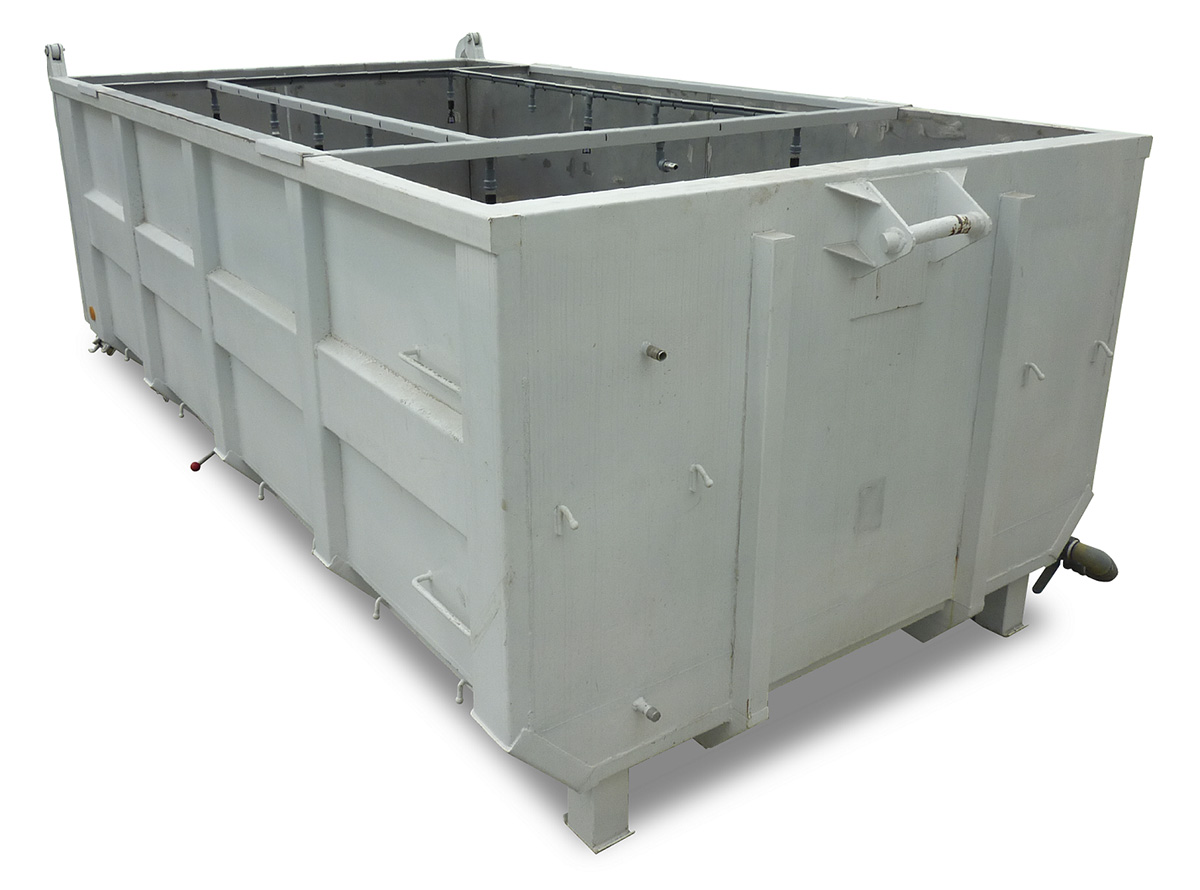
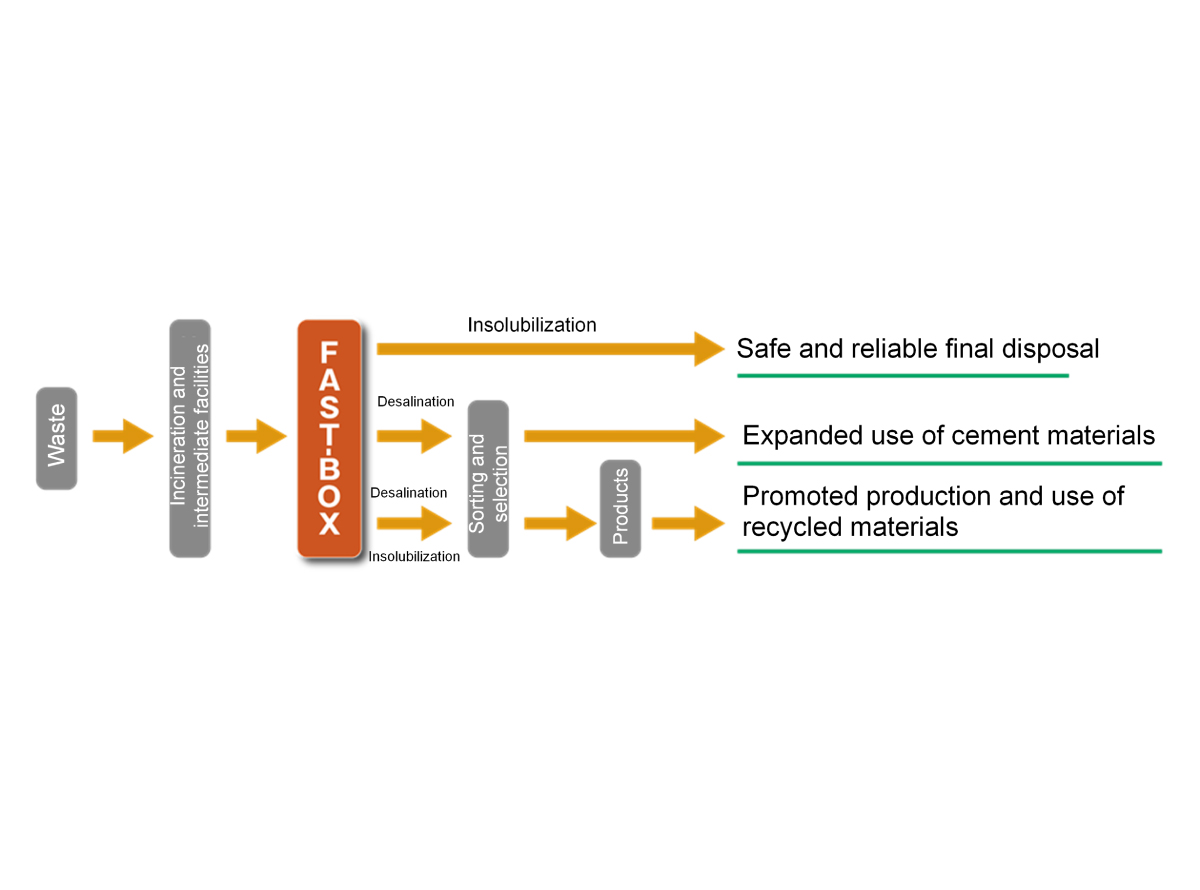
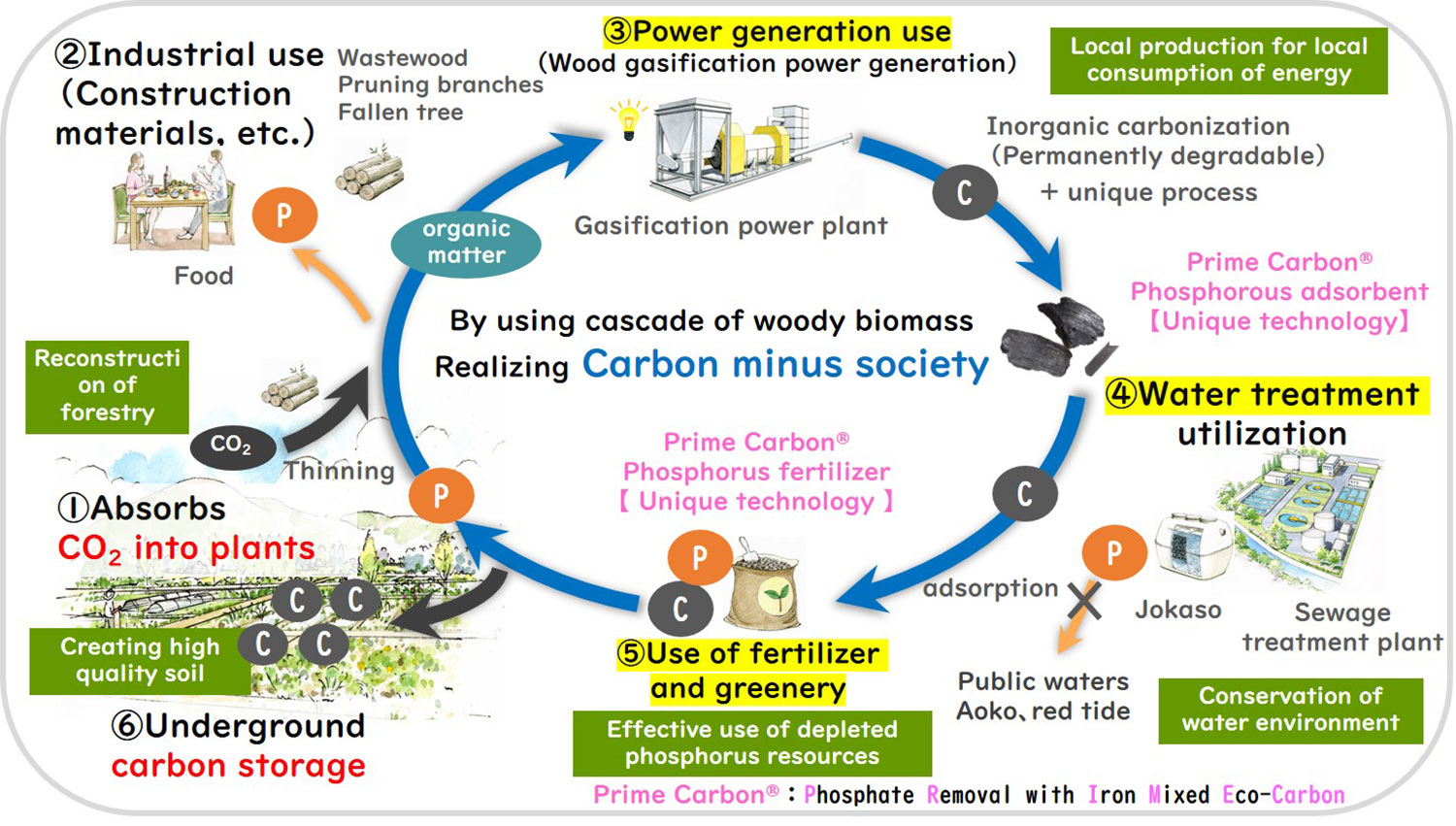

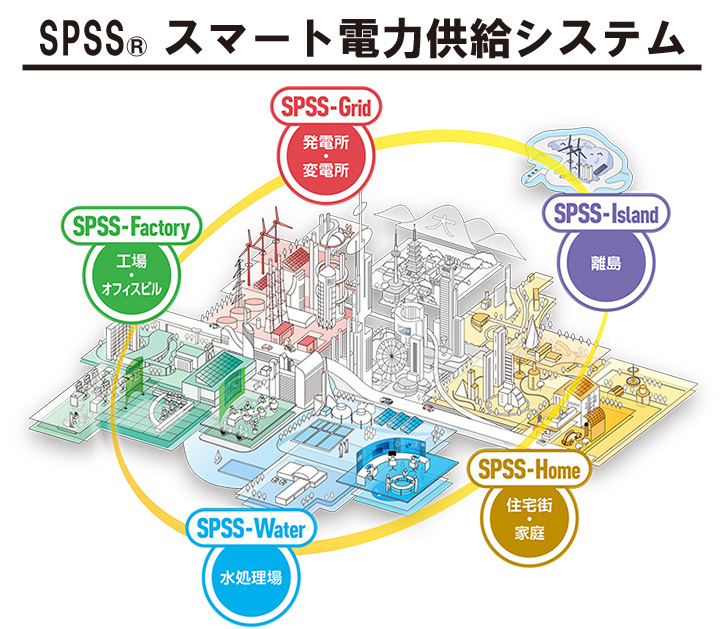
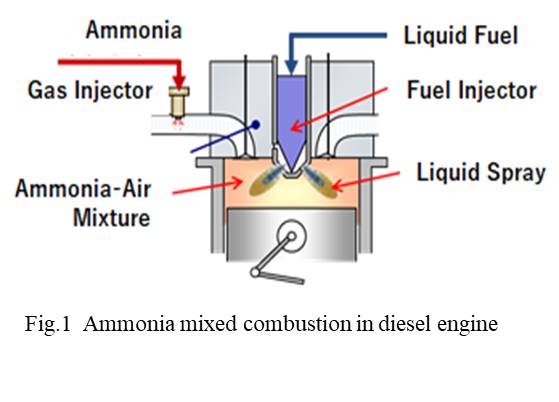
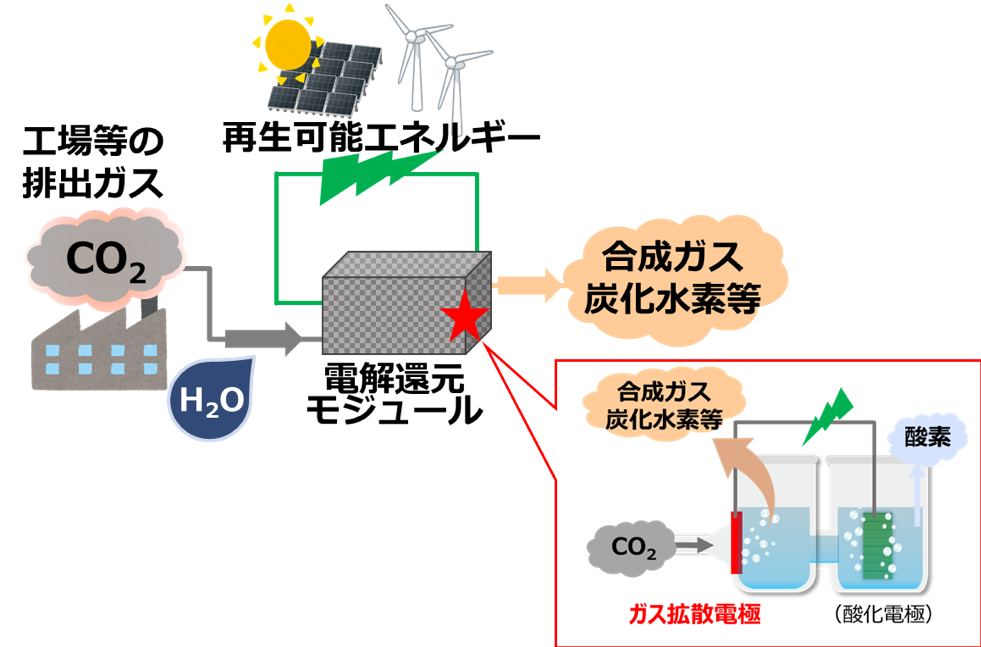
-1人工光合成技術.jpg?id=2&tid=759&imageNumber=1)